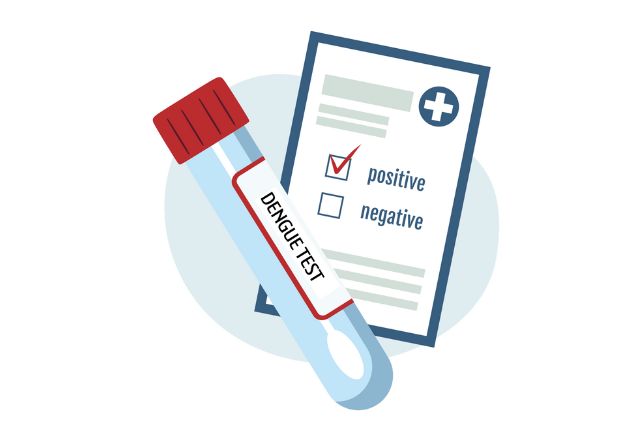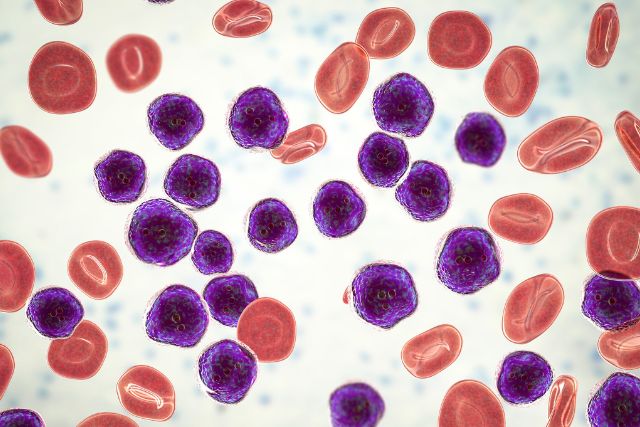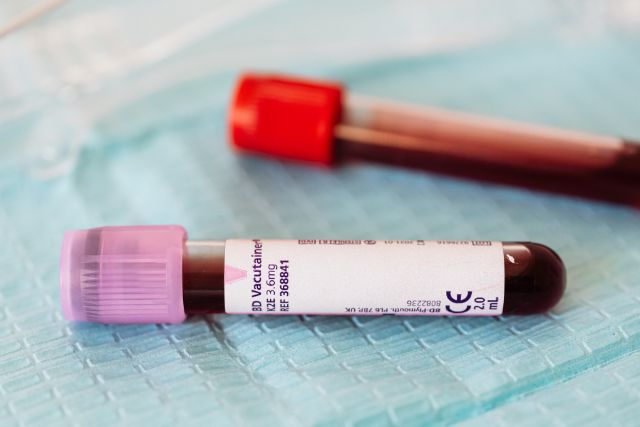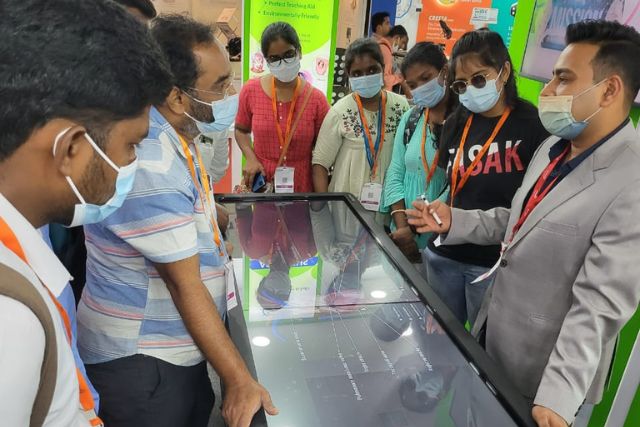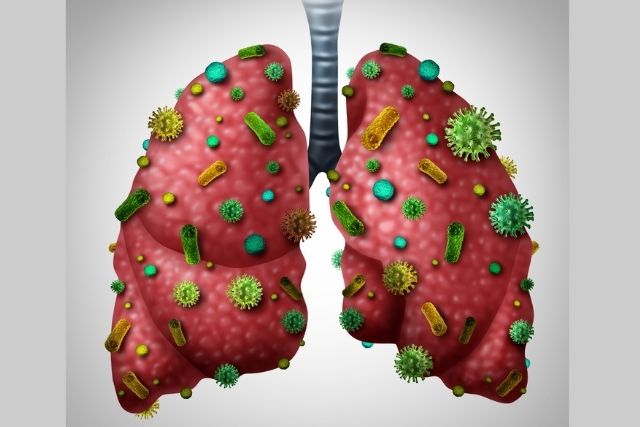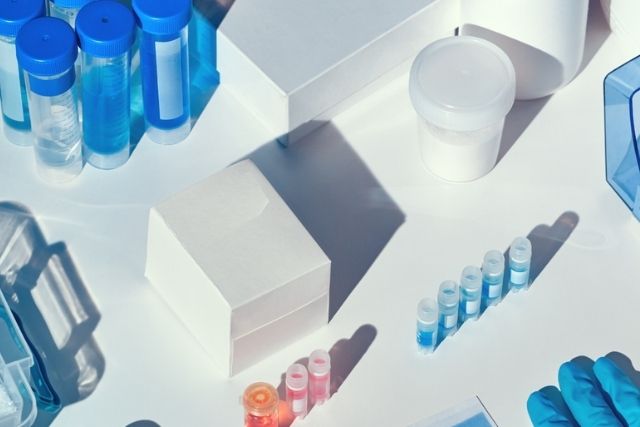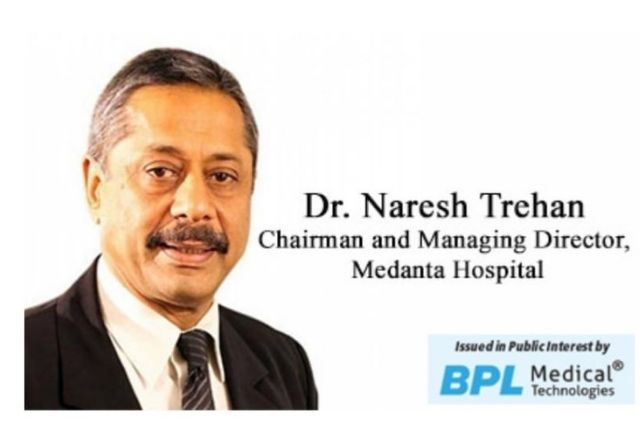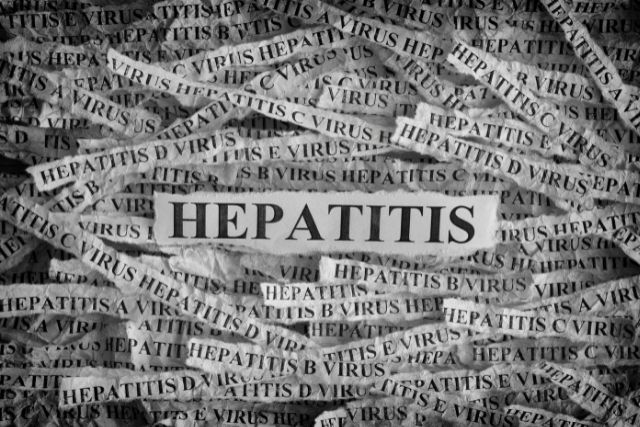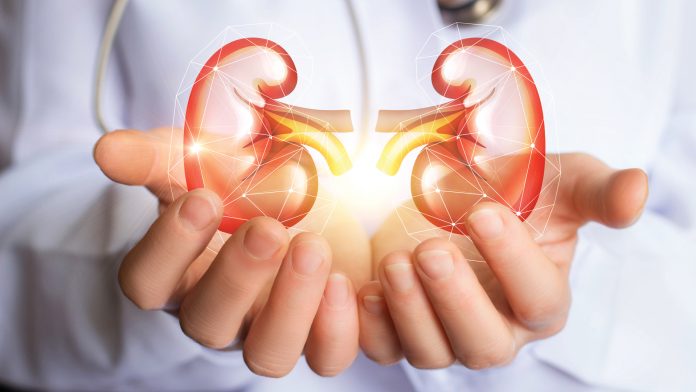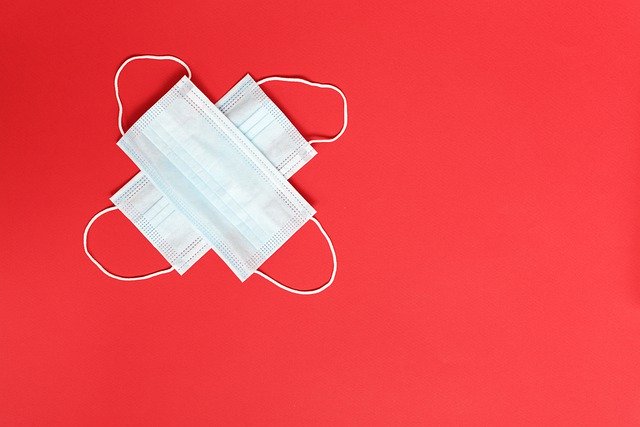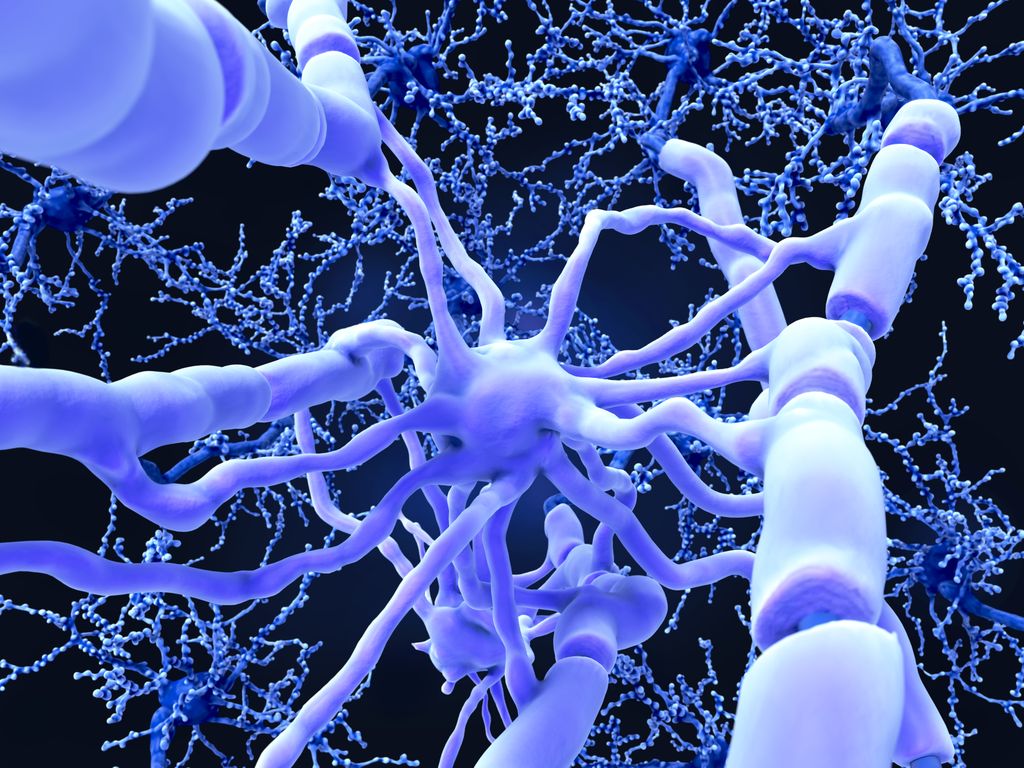Detection of healthcare issues is a direct function of the various laboratory tests conducted on patients’ samples, which include blood, urine and tissues. These tests, called IVD or in-vitro diagnostics, are the foundation of all global healthcare initiatives. Based on the outcome of these tests, doctors and healthcare workers decide on the therapeutics and define patients’ progress.
A stark difference is evident when we compare the healthcare index of various developed and under-developed countries, with the latter falling way behind in the global healthcare index.
IVDs are the crucial tool that may be deployed to address these inter-country disparities.
World Health Organisation understands and recognises this fundamental aspect. Access to essential and quality diagnostics is a prerequisite to quality healthcare in low/middle-income countries. In keeping with this global problem, WHO announced the Essential Diagnostics List (EDL) in 2018, and the list has been revised several times to adequately address the issue of harmonious access to essential and quality diagnostic solutions and services across the globe.
The list addresses access across various healthcare system levels – POC, primary, secondary and tertiary- by recommending which tests should be available at each level to provide convenience and timely access to life-saving diagnostics. The EDL register is an evidence-based collation that guides countries to plan their national diagnostic needs and choices. It acts as a roadmap for each country to formulate their requirements considering regional and domestic healthcare criticalities. India has also developed its list – the National Essential Diagnostics List (NEDL), which is even more comprehensive than the EDL
IVDs are critical for achieving Universal Health Coverage, and they can substantially impact the early detection of diseases, monitoring and management, precision medicine and pandemic preparedness.
Understanding Healthcare Disparities and Challenges
There is a significant disparity in the availability and quality of IVD services between low/middle-income countries (LMICs) and high-income countries worldwide, which was made even more evident during the Covid-19 pandemic. The WHO study called Global Health Estimates (GHE) tracks the progress made by countries towards achieving their healthcare targets. There are multiple challenges to expanding IVD availability, such as insufficient funds, lack of standardised guidelines, which lead to low-quality or ineffective diagnostics, inadequate resources for distribution, usage and monitoring of the tests, or even plain and straightforward unavailability of the diagnostics. An understanding of these underlying problem areas is the first step towards the goal of mitigating global and regional disparities.
Bridging the Gap: Strategies to Enhance IVD Accessibility
Addressing this global anomaly and bridging the divide between high-access and low-access countries is possible. To bridge the gap and enhance IVD accessibility, some of the strategies and actions are
Building healthcare infrastructure
Nations should invest in healthcare infrastructure as their top priority to provide better IVD services. This initiative should concentrate on expanding IVD testing infrastructure and equipment. There should be focused attention towards training laboratory professionals and increasing their ability to conduct tests accurately. Public-private partnerships should be sought to increase the pace of this initiative and quickly achieve the desired goal. International organisations such as the World Bank and the Global Fund support improving healthcare systems.
Strengthening regulatory frameworks
The WHO has a programme that defines the prequalification of IVD and provides quality-assured IVD products to the global market. Development, standardisation and implementation of international guidelines, accreditations, and quality management will help streamline global IVD access and usage, thereby ensuring the accuracy and reliability of tests.
Leveraging technology
Technology is a great enabler. Adopting the digital revolution within healthcare and leveraging AI and telemedicine will help overcome regional resource constraints. Technology integration in IVD will improve accuracy during remote testing, decrease costs, increase accessibility, and reduce the dependence on specialised medical personnel.
Prioritising local innovation
Innovations will play a game-changer role, especially at the local/regional level. Locally developed and implemented solutions address the population’s distinctive needs with a tailored approach. WHO’s Foundation for Innovative Diagnostics (FIND) is a collaborating centre that develops innovative diagnostic solutions for low/middle-income countries, keeping local needs in mind.
Efficient resource allocation
In a limited resource setting, Governments and international organisations must be prudent in allocating and using resources.
Funds should be strategically managed to ensure availability for high-impact initiatives and the areas needing improved IVD access. The WHO’s Priority Medical Devices initiative assists stakeholders globally in prioritising their resources.
Advocacy and awareness
Awareness is another problem area that needs to be addressed. Growing awareness about IVD benefits and the importance of early and accurate diagnoses will play an important role. Diagnostics are critical for disease management, enabling decision-makers, medical professionals, and patients to work collectively to bridge healthcare disparities. WHO, UNAIDS and other international health organisations have continuously advocated for better diagnostics and increasing awareness.IVD plays a vital role in driving equitable global health and bridging the gap in healthcare.
A concerted effort that focuses on strengthening infrastructure, developing standardised guidelines, and leveraging technology will give global access to quality diagnostics and help achieve the dream of equitable health.
Let IVD be the key that empowers patients, medical professionals, and governments to achieve this goal.
Authored By:
Jatin Mahajan
Jatin Mahajan is the Secretary of the Association of Diagnostic Manufacturers of India (ADMI).
He is a highly reputed healthcare industry influencer and holds various roles in industry bodies – CII, ASSOCHAM, GMAAF, AIMED, and the Delhi Management Association.
He is also the Managing Director of J Mitra & Company.







